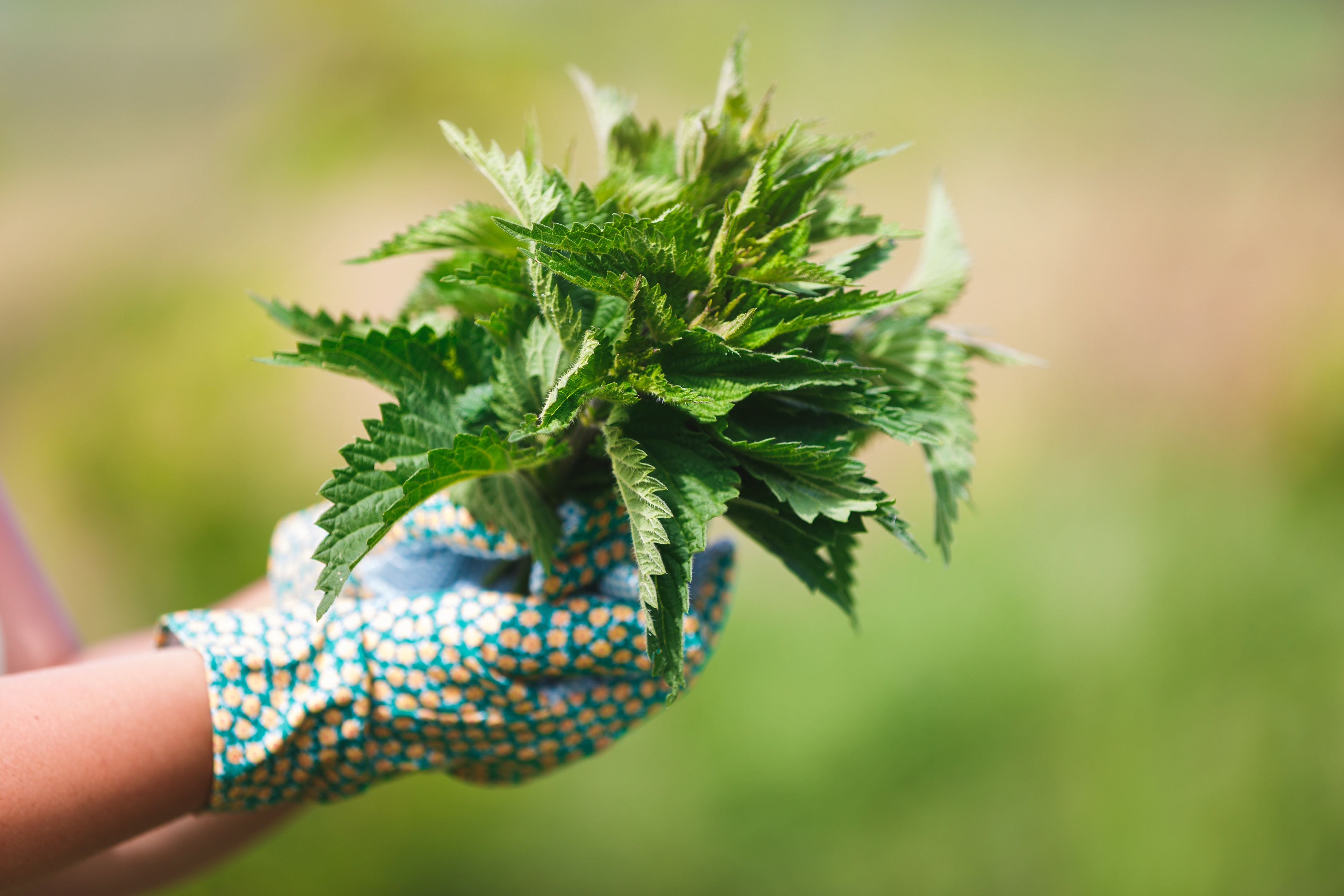Nettle
Nettle, or stinging nettle, stings just as its name suggests. The stems have tiny hairs which can pierce human skin. Not only that, they burn because acid is released from those hairs! The needles mostly point downwards so if handled correctly and with gloves, it is not so bad. The stinging and inflammation can last up to a few hours.

Growing
Nettle is found mostly wild but it can be started with seeds or propagated and planted. In Alberta, foragers can come across big patches of nettles since they grow quickly once they take root. The leaves look a little like strawberry leaves or mint leaves with scalloped edges.
Medicinal Uses
The "stings" were used to treat rheumatism sufferers. When brewed like a tea, nettles have been listed as a diuretic, a blood purifier, and an antibacterial. It is a reliever of respiratory problems, gout, anemia and poor circulation. Nettle leaves contain Vitamins A and C, iron and calcium.
History
Indigenous tribes used nettle not only for tea but as a fibre like hemp or flax. It was made into nets, thread, rope, paper and cloth.
The water used to blanch nettles can be used for tea and has historically been used for making wine and beer.
Fun Facts
Nettle juice contains rennet which is used as a coagulant in cheese-making. You would need a big harvest for that!
Ways to Cook
Nettle leaves are much like spinach in how they can be cooked. Think sautéed, used as stuffings and fillings like spanakopita etc. If you can carefully remove the stingers from the stems (by rubbing them between 2 layers of cloths) then the stems can be also sautéed, made into soup, puréed like pesto, or added to salads. They taste like other greens and cruciferous vegetables but have a slight tingling to them.
Safe Handling
To remove the spikey hairs, blanch or dry the nettle. Wear gloves until the plants are hair-free.
More on Cooking Nettles
Some of our favourite videos
Edible & Medicinal Plants of Canada p 312.
The Secrets of the Seed Vegetables, Fruits & Nuts pp. 89-90.
https://gardenerspath.com/plants/herbs/grow-stinging-nettle/
